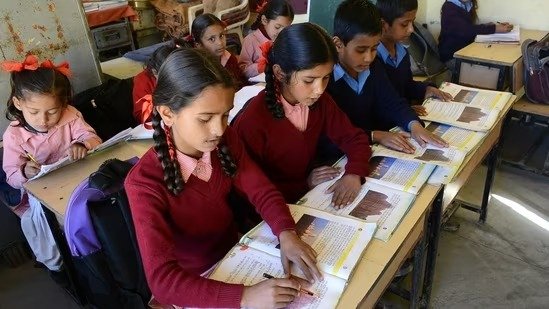The NEP and Digitalization: Driving India’s Education Revolution
The National Education Policy (NEP) 2020 represents a significant reform in India’s educational landscape, aiming to transform the system into a more holistic, flexible, and inclusive framework. With the rapid advancement of technology and the increasing importance of digital literacy, NEP 2020 integrates digitalization as a core component of educational reform, setting the stage for an educational revolution in India. Overview of NEP 2020 Approved by the Union Cabinet on July 29, 2020, NEP 2020 replaces the National Policy on Education of 1986. It aims to create an education system that is rooted in Indian ethos while also preparing students for global challenges. The policy is built on five pillars: Access, Equity, Quality, Affordability, and Accountability. These principles are designed to ensure that every child receives a high-quality education, thereby transforming India into a global knowledge superpower. Key Features of NEP 2020 New Academic Structure: The traditional 10+2 schooling system will transition to a new 5+3+3+4 structure, which aligns with the developmental stages of children. Multilingual Education: Emphasis is placed on teaching in the mother tongue until Class 5, promoting linguistic diversity while ensuring quality education. Holistic and Multidisciplinary Learning: NEP encourages students to explore various subjects beyond rigid disciplinary boundaries, fostering critical thinking and creativity. Integration of Technology: The policy highlights the importance of digital literacy and the use of technology in classrooms to enhance learning outcomes. The Role of Digitalization in Education Digitalization is pivotal in achieving the objectives set forth by NEP 2020. The integration of technology into education can enhance accessibility and quality while preparing students for a digital economy. Here are some ways digitalization is driving this transformation: Enhanced Learning Platforms The rise of online learning platforms has made education more accessible to students across various socio-economic backgrounds. During the COVID-19 pandemic, institutions rapidly adopted online teaching methods, which demonstrated the potential for digital platforms to deliver quality education remotely. NEP 2020 advocates for expanding these digital learning resources to ensure continuity in education. Teacher Training and Professional Development NEP emphasizes continuous professional development for teachers through digital means. Online training modules can equip educators with modern teaching strategies and technological tools necessary for effective instruction. This approach not only enhances teacher capabilities but also directly impacts student learning outcomes. Data-Driven Decision Making Digitalization enables educational institutions to collect and analyze data effectively. By leveraging data analytics, schools can identify learning gaps, monitor student progress, and tailor interventions accordingly. This evidence-based approach supports personalized learning experiences and improves overall educational quality. Challenges in Implementation While NEP 2020 presents a robust framework for educational reform, its success hinges on effective implementation. Some challenges include: Infrastructure Gaps: Many rural areas still lack reliable internet access and technological infrastructure, hindering the full realization of digital education. Resistance to Change: Traditional mindsets among educators and institutions may pose barriers to adopting new teaching methodologies and technologies. Equity Concerns: Ensuring equitable access to digital resources remains a significant challenge, especially for marginalized communities. Future Prospects The successful integration of digitalization within the framework of NEP 2020 could lead to transformative changes in India’s education system. By focusing on inclusivity and accessibility, India can harness technology to create a more equitable educational landscape. Goals for 2030 NEP aims to achieve a Gross Enrollment Ratio (GER) of 100% from preschool to secondary level by 2030 and increase GER in higher education from 26.3% (2018) to 50% by 2035. Achieving these goals will require concerted efforts from government bodies, educational institutions, and communities. The National Education Policy 2020, coupled with the power of digitalization, holds immense potential to revolutionize India’s educational framework. By embracing technology and fostering an inclusive approach, India can pave the way for a brighter future where quality education is accessible to all, ultimately contributing to national development and global competitiveness.In summary, NEP 2020 is not just an educational reform; it is a comprehensive strategy aimed at transforming India’s youth into skilled professionals ready to meet the demands of a rapidly changing world. As we move forward, embracing digitalization will be crucial in realizing this vision.
The NEP and Digitalization: Driving India’s Education Revolution Read More »




